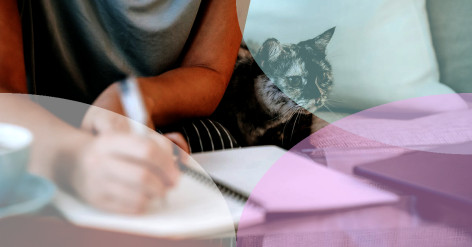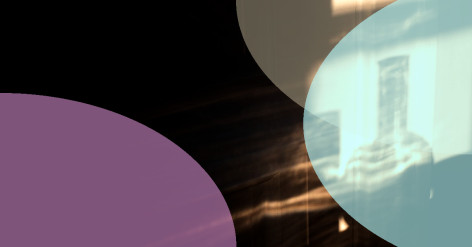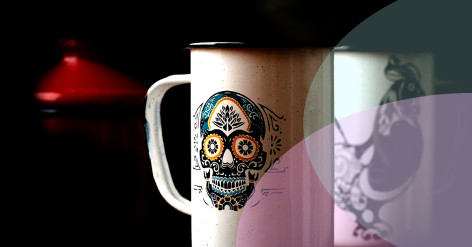DIY Fabric Dyeing: Tips and Tricks for Buying Dye and Supplies

Fabric Dye Types: What's in Your Dye?
Do-it-yourself projects are making a comeback, and fabric dyeing is no exception. Not only is it an easy way to refresh old clothes, but it can also be a rewarding and fulfilling creative outlet. Luckily for DIY enthusiasts, there are countless fabric dyes and supplies on the market. The big question now is: how do you make the best choice?
In this article, we'll guide you through the essentialsâcovering the types of fabric dyes, where to purchase them, and even some tips for your dyeing adventure! So let's get started on your journey to fabric dyeing success.
Where to Purchase Your Dyes and Supplies: Expert Recommendations
When selecting your fabric dye, it's crucial to know which type is suited for your project. Here are four main types of fabric dyes in the market today:
-
All-Purpose Dye: A popular choice for amateurs and pros alike, all-purpose dyes work great on natural fibers such as cotton, silk, and wool. This works best for small projects that don't require extensive color matching. Brands like RIT offer a wide variety of colors to choose from.
-
Fiber-Reactive Dye: This type of dye chemically bonds with the fabric, providing long-lasting and vibrant colors. It works best on cellulose fibers like cotton, rayon, and linen. Procion MX is a renowned brand in the fiber-reactive realm.
-
Acid Dye: Perfect for protein-based fibers such as silk and wool, acid dyes deliver an intense color that can withstand repeat washing. They require heat to set, so a stovetop or microwave is needed. The Jacquard Acid Dye Kit is an excellent option for beginners.
-
Disperse Dye: If you're dyeing synthetic fabrics like polyester, nylon, or acrylic, disperse dyes are a must. They require a high temperature during the dyeing process, but the results are worth it. iDye Poly is a popular choice for synthetic fabrics.
Remember, different fabrics will react differently to dyes, so carefully read the instructions on the packaging to ensure the dye is compatible with your fabric.
Related articles
Expert Tips for a Smooth Dyeing Experience
When searching for your dyeing necessities, you can generally find everything you need at your local craft store or online. Here are two reliable websites that offer a wide variety of dyes and supplies:
-
Dharma Trading Co.: Specializing in fabric dyeing, they offer a comprehensive selection of dyes, tools, and even blank items for dyeing. They also provide resources like tutorials and guides, making them a fantastic choice, especially for beginners.
-
Amazon: Online retail giant Amazon is always a solid option since they carry a diverse range of fabric dyes and supplies, often at competitive prices. Be sure to read reviews and double-check compatibility before purchasing.
Fabric Dyeing: The World of Color Awaits
Now that you're armed with the knowledge to choose the right dye and acquire the necessary supplies, here are some extra tips to make your fabric dyeing experience a successful one:
-
Pre-wash your fabric: Before diving into the dyeing process, make sure to pre-wash your fabric. This step eliminates any residue left from the manufacturing process and assures proper dye absorption.
-
Test the dye first: Save yourself from disappointment by doing a patch test on a small piece of fabric to evaluate color accuracy.
-
Always wear gloves: Unless you want colorful hands for days, always wear rubber gloves to protect your skin from staining.
-
Invest in a dye fixative: A dye fixative can help lock in the color, ensuring a more vibrant and long-lasting result.
Embrace your DIY spirit and dive into the bright and colorful world of fabric dyeing! By understanding the types of dyes available, knowing where to purchase supplies, and following our expert tips, you'll be ready to put your personal touch on fabrics of all kinds. The possibilities are endless!
Dyeing fabric can be addictiveâonce you start, you might not want to stop experimenting with patterns and splashes of color! You'll soon graduate from a beginner dyer to a master of hues and wear your newly dyed masterpieces with pride.





